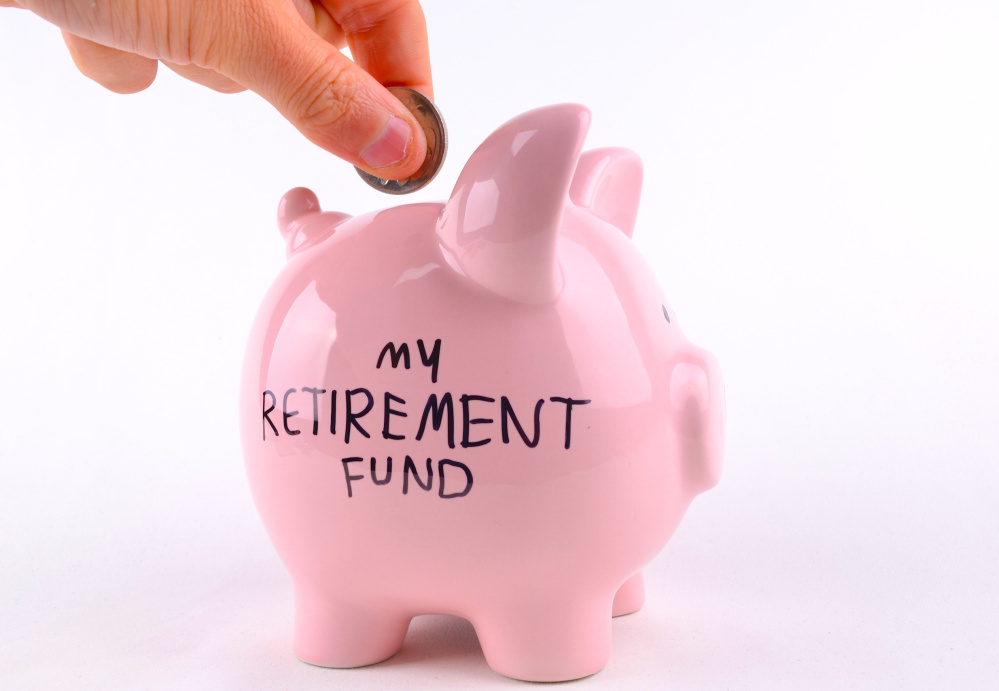For decades now, each successive generation of Americans has been less prepared for retirement than the one before, the result of a broken system that is leaving seniors with too little income in their golden years.
That’s why new ideas are needed for getting young workers to save even just a little each month, because while a slight majority of millennials say they are confident they’ll have adequate savings when it comes time to retire, the hard numbers say something very different.
According to a GenForward survey released recently, more than 40 percent of Americans between the ages of 25 and 30 have no retirement savings whatsoever.
They are part of a generation whose earning power has been clipped by rising college costs, stagnant wages and the Great Recession, so saving has been a low priority. But they are also facing fewer options.
Just 7 percent of the Americans aged 18 to 30 polled by GenForward have access to pensions: employer-based retirement plans with guaranteed and fixed payouts that were commonplace among private-sector workers until relatively recently.
As pensions faded in popularity, along with the union strength that won benefits for workers, employees were left to rely on 401(k) plans, which move the risk from employer to employee and do not offer fixed payouts.
But many workers are finding even those unavailable. From 1999 to 2011, the share of employees being offered an employer-based retirement account fell from 61 percent to 53 percent. The plans were particularly hard to find in the personal-services category – one of the largest sectors, and growing – and for young employees.
With that the case, millenials are looking at a stark future, and they don’t have to look far.
Forty percent of baby boomers have saved nothing for retirement, and only a quarter of Americans aged 55 to 64 will have enough savings. They’ll likely have to rely only on Social Security, with its declining value. Ultimately, 9 percent will face extreme poverty in retirement, and 24 percent will live in near-poverty.
That’s what happens when so many people don’t have the easy option of having retirement savings come, directly and automatically, out of their paycheck. And that’s why California’s plan is so intriguing.
California is now offering a state-run retirement program to nearly 7 million private-sector workers. Officials are still working out many of the details, but the plan will operate much like a 401(k), with little risk to the state, which won’t contribute and won’t have to cover losses.
Eventually, all companies with at least five employees will have to offer their own plan or enroll in the state plan, which will automatically enroll employees and start setting away 3 percent of pay, rising 1 percent annually until it reaches 8 percent, unless the employee opts out.
There is still a lot of unknowns with such a plan, but it would certainly provide a convenient way for everybody to save for retirement, not just those workers whose employers are among the shrinking number offering plans. Done correctly, it could replace the pensions lost to history, and Maine officials should keep an eye on it.
Send questions/comments to the editors.



Comments are no longer available on this story